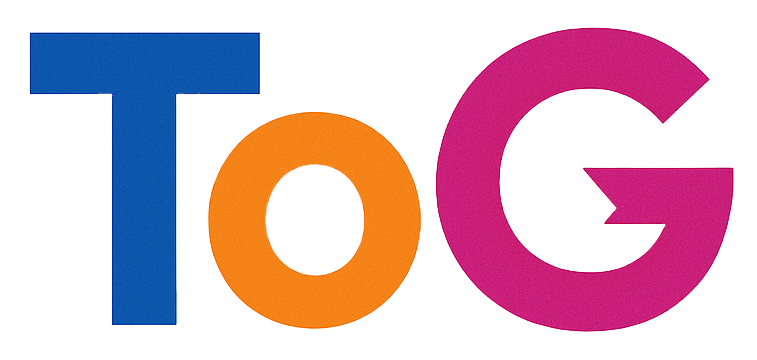Resolving Duplicate Content Issues Despite 301 Redirects from HTTP to HTTPS
In the ever-evolving landscape of SEO, website owners often face challenges related to duplicate content, even after implementing standard solutions such as 301 redirects. A common scenario involves migrating from HTTP to HTTPS, which is a crucial step for site security and trustworthiness. However, issues can persist, affecting search engine visibility. Let’s explore this problem in detail and discuss strategies to effectively address it.
The Problem: Persistent Duplicate Content Despite Proper Redirects
A webmaster recently reported that, even after setting up 301 redirects from HTTP to HTTPS, tools like SEMrush continue to identify a significant number of duplicate URLs—roughly 8,500 pages—with issues such as:
- Duplicate Title Tags
- Duplicate Content
- Duplicate Meta Descriptions
Interestingly, SEMrush displays these URLs with a confusing pattern: the presence of the “s” in “https” appears separated, or others show a malformed version such as “jhttp” instead of “http”. When inspecting individual links, the redirects seem to work correctly—visiting an HTTP URL does lead to the HTTPS version. Despite this, SEMrush continues to flag duplicate issues, and the site has experienced notable drops in organic traffic.
Understanding the Underlying Causes
-
Redirect Implementation Issues:
Even if redirects exist, they need to be properly configured. Improper server settings or redirect chains may cause some crawlers or tools to see multiple versions of pages temporarily or permanently. Ensuring that all HTTP URLs directly redirect to their HTTPS counterparts with a 301 status code is crucial. -
Indexed Variants vs. Active Redirects:
Search engines may have previously indexed non-redirected versions or cached URLs. Over time, these URLs may still appear in search results or tools’ reports if not fully deindexed or updated. -
Canonical Tags and Duplicate Content:
Proper use of canonical tags indicating the preferred HTTPS version can help guide search engines. Without them, search engines might perceive the HTTP and HTTPS pages as separate entities. -
Data Synchronization and Caching in SEO Tools:
SEO auditing tools like SEMrush can sometimes display outdated or inconsistent data due to caching or crawling delays. -
Malformed URLs or Typographical Errors:
Issues like the “jhttp” or spaced “https” reflect potential crawling anomalies, possibly caused by URL encoding issues, site misconfigurations, or even

